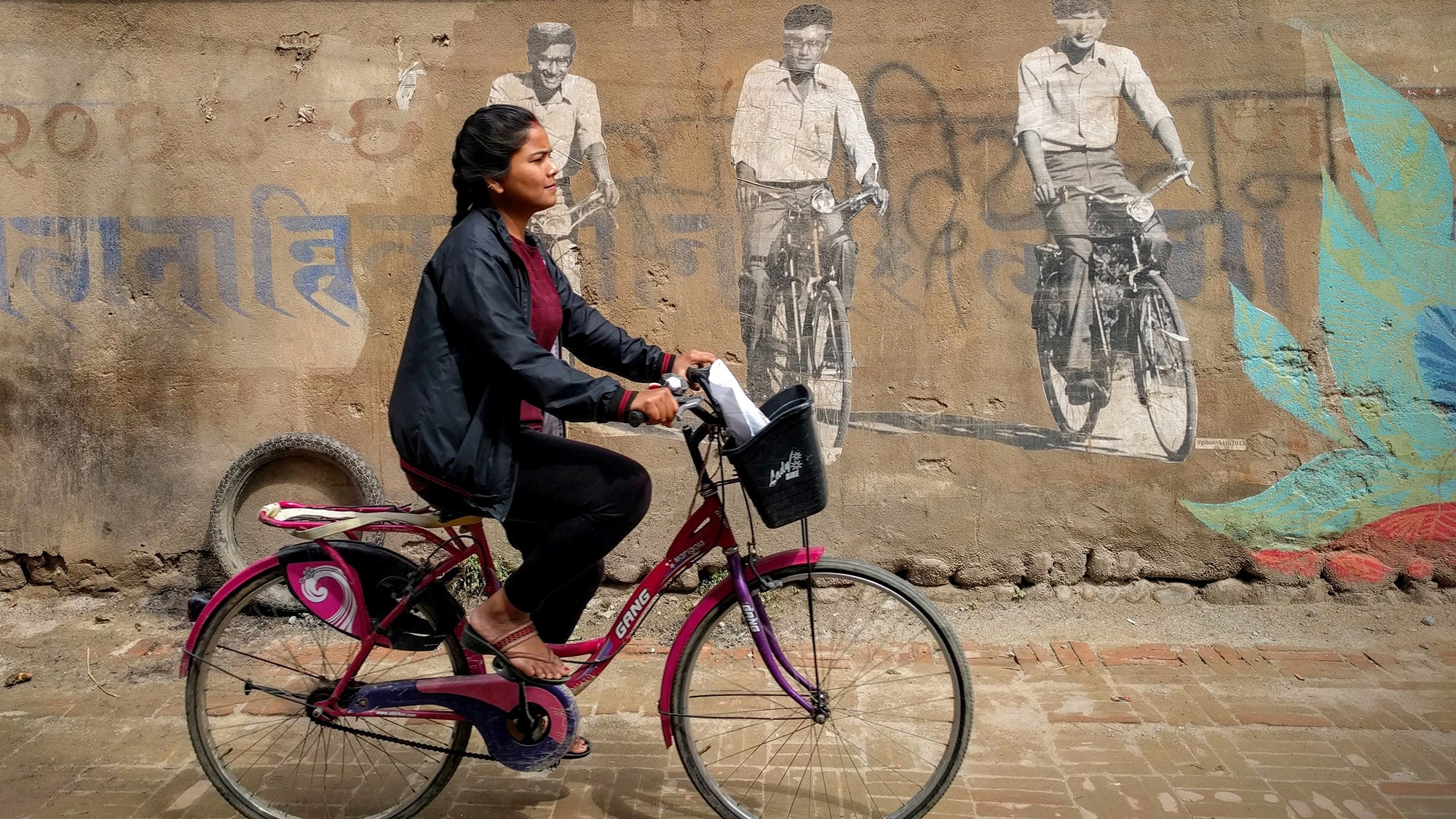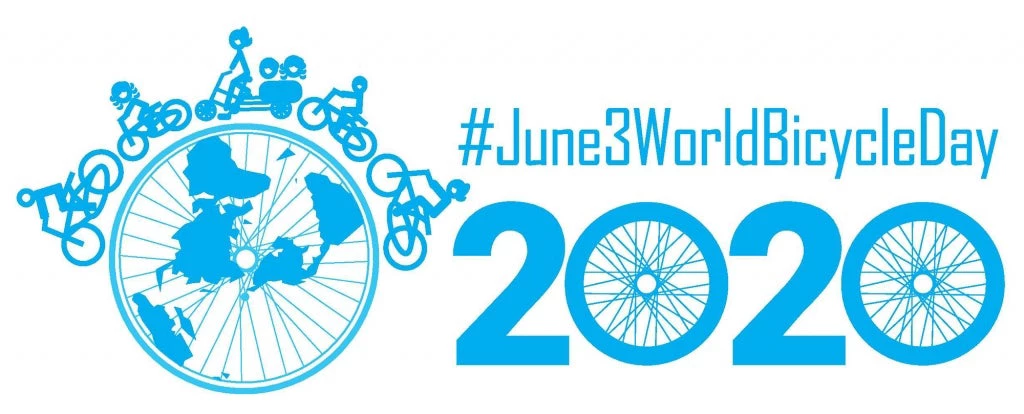
As the coronavirus pandemic (COVID-19) is keeping most commuters away from public transport, cycling has quickly emerged as a safe and convenient alternative.
This bicycle boom is rooted in common sense: it is much easier to comply with social distancing guidelines when you’re riding a bike out in the open than in an enclosed and potentially crowded space such as a bus or a train. In addition, the overall decrease in car traffic and the temporary speed limit reductions implemented by some jurisdictions are making city streets a lot friendlier to cyclists.
The result? Bicycle sales are soaring and, in markets like Australia, bikes have become as highly coveted as toilet paper! Around the world, a number of national and local governments have taken measures to support the shift to cycling. Cities are repurposing some of their major thoroughfares to create pop up bike lanes. In many communities, bike shops have been granted essential status so they could remain open and serve bicycle commuters during this unprecedented time.
This isn’t the first time people have turned to cycling in the face of a crisis. Bicycles have been a mainstay of human transport for over 140 years and have kept communities moving through disasters, catastrophes, conflicts, and countless other events that have disrupted transport networks. And many urban dwellers keep a spare bike at home just in case some unexpected event might affect public transport.
Sadly, these previous love affairs with the bicycle have been short-lived. During the 1973 oil crisis, the world was fascinated with the bicycle for a moment but then quickly returned to gas-guzzling cars.
Yet bicycles have the potential to be so much more than the fifth wheel of urban transport.
According to current estimates, there are over 1 billion bicycles worldwide, and over 50% of the global population knows how to ride them. Every second, four bikes are produced and, every two seconds, someone buys one. Taking this massive global fleet of bicycles out onto city streets could bring significant benefits to people and the planet.
There is, first of all, a strong public health case for cycling, which the World Health Organization (WHO) reiterated in one of its recent statements.
As one of the few transport modes that can truly be considered zero-emission, cycling could also play an important part in reducing the climate impact of mobility, which currently accounts for 16% of all greenhouse gas emissions.
In cities, a growing body of evidence points to the positive impact of cycling on quality of life and economic competitiveness. A report published by the UK National Infrastructure Commission in 2018 boldly states that: “Cycling is now mass transport and must be treated as such.” The article points out that cyclists make cities livelier, whereas cars tend to diminish the vibrancy of our streets. Other sources have shown that, on average, cyclists spend three times more than motorists in local businesses and that the presence of dedicated cycling infrastructure in a city is typically associated with higher retail purchasing.
So, how can we get more individuals to look at their bike not just as a backup vehicle, but as the go-to option for everyday commuting? More broadly, what will it take to integrate cycling firmly into our cities’ urban transport systems?
One critical step is to adapt transport infrastructure and services. Depending on the context, this could mean developing a network of safe bike lanes, creating bike superhighway under- and overpasses, increasing bike-carrying capacity on trains and buses, expanding indoor bicycle parking, investing in public bikeshare systems, or leveraging innovative solutions like cargo bikes and e-bikes.
Most readers of this blog will be familiar with the saying: “if you build it, they will come.” And in cities that have built bike-friendly infrastructure, riders definitely have come, sometimes in huge numbers. Two great examples are Copenhagen and – on a national scale – the Netherlands, which have pioneered bike-friendly planning and policy in a bid to make cycling a central component of their transport systems. Today, both places boast more bikes than cars, and cycling also plays an important role in first- and last-mile freight deliveries.
The other key challenge is to change minds, both among users and decision makers. In many countries, there is a strong social stigma attached to the bicycle, which is perceived as the poor man’s vehicle. In others, cycling is seen primarily as a sport or recreational activity rather than a legitimate form of transport.
In 1999, Bogotá’s then mayor, Enrique Peñalosa, declared that “a citizen on a $30 bicycle is equally as important as one in a $30,000 car.” Judging from the car-centric development we have seen in so many cities over the 20 years since then, it seems few people got the memo. With COVID-19, however, cities are once again looking at bicycles as a credible transport option, and many have already announced ambitious plans to increase cycling capacity.
This renewed enthusiasm for bicycles cannot just be a passing fad. As more and more leaders call for the creation of a new normal after the pandemic subsides, the transport community has a small window of opportunity to build on this shift and make cycling an integral part of a greener, healthier future.



Join the Conversation